News - Page 110
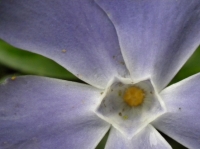
The plant of the month for March is Vinca, better known as the periwinkle and a fantastic choice for covering the ground with a carpet of sky blue, star-shaped flowers from spring onwards. Even better, its attractive glossy foliage is evergreen, spreading into a handsome year-round backdrop for other plants and at the same time suppressing weeds and locking moisture in the ground.
There are two main types. Vinca major is a very vigorous, rapid-spreading groun...
Read more...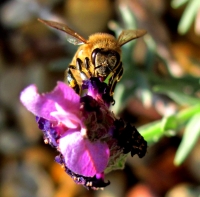
National Science Week starts on Friday so it's the perfect opportunity to get out into your garden to do a little experimenting. There are dozens of scientific projects you can join in with, and you don't need any special knowledge or equipment , just a burning interest in finding out about the natural world outside your back door.
You can join in with one of the many citizen science experiments happening all over the country right now. The Open Air Laborator...
Read more...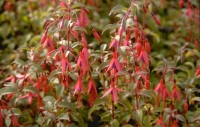
Prune summer-flowering shrubs this month to make sure they put on their best display later this season. Some spectacular garden performers come into this category, including the butterfly bush, Buddleja davidii, hardy fuchsias, and musk mallows (Lavatera), all available from your favourite garden centre.
All these shrubs bear flowers on growth produced this year, so you're aiming to encourage them to make as many fresh new shoots as possible. This means quite...
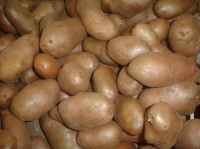
Chit new potatoes to give them a head start on the season, encouraging them to send up sturdy little sprouts while you're waiting for the weather to warm up enough to plant them. It's especially important in colder areas of the country, with a shorter season between planting and harvesting, when your seed potatoes need to be as far ahead as possible by the time you put them in the ground.
It's not necessary, however, for maincrop varieties, which are planted...
Read more...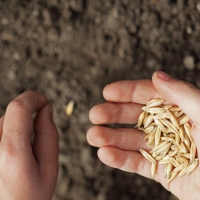
Get ready for sowing vegetables by making a 'stale seedbed' – an area of ground which you've prepared and then covered with clear polythene to warm it up ready for your seeds. It's an old market gardening trick which gets your seedlings off to a flying start.
Start by digging over the area to a fork's depth, bashing any clods with the back of your fork so they break up. Then rake the area thoroughly in two different directions to create a lovely crumbly bed f...
Read more...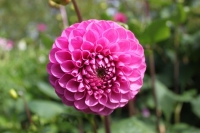
Start dahlia tubers into growth this week. Overwintering dahlias in damp-ish sand under a bench in a frost-free greenhouse or conservatory is a wonderful way to keep your favourite plants growing from one year to the next. If you didn't get around to it last year, your favourite garden centre has new dahlia tubers in stock at the moment: look out for 'Black Narcissus', a deep wine-red cactus type, 'Twynyngs After Eight' with white flowers over deep bronze-purple fol...
Read more...
Give your grasses a haircut and a general tidy-up ahead of the new season. Many grasses hold their shape beautifully over winter, their seedheads and arching leaves making architectural sculptures rimed with frost: if you're looking get the look in your garden, good varieties to choose include Calamagrostis x acutiflora 'Karl Foerster', Miscanthus sinensis 'Kleine Fontane' and the evergreen golden oat grass, Stipa gigantea. All are available from yo...
Read more...
It's Valentine's Day this Thursday and there's no better way to say 'I love you' than with flowers. You'll find a wonderful selection of cut blooms in your favourite garden centre to choose from, whether it's the traditional dozen roses you're looking for, or something more unusual. Look out for seasonal flowers with a romantic meaning: they include camellias (pink for longing and white for adoration), forget-me-nots for true love, and if things are...
Read more...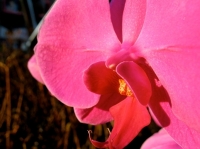
Deadhead orchids as soon as they finish flowering to encourage them to send up a new spike of those luscious, tropical blooms. Phalaenopsis (moth) orchids, available in your favourite garden centre, are by far the easiest to grow, and flower for months right through winter. But once the flowers die down, snip back the stem, cutting just above a swelling around 10cm from the base. A new flowering shoot should spring up soon after.
Water only when the pot feels...
Read more...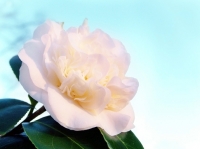
February's plant of the month is the camellia, a real garden favourite at this time of year for its colourful, showy blooms in every colour from pure white 'Alba Plena' to the deep red of 'Crimson King'. The flowers look rather like flattened roses, single, cup-shaped and about 7cm across. They're often scented, too – cut a few to perfume the house when there's little else around.
Camellias are evergreen, making big, handsome shrubs up to 3m tall, so give the...
Read more...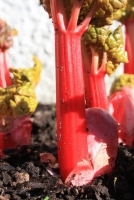
Force rhubarb any time from January onwards for the very earliest fruit in the garden – and one of the best. Forcing (excluding light from growing stems) encourages shoots to grow much earlier than they usually would, sending up growth that's very tender, delicate and sweet.
Start any time between late December until early February by covering the whole crown so that no light can get to the emerging stems. Traditional terracotta forcing jars look lovely and a...
Read more...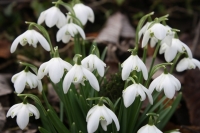
Get to know your snowdrops at one of the many garden openings taking place this month and next which focus especially on this most welcome of late winter flowers.
You'll find snowdrop days all over the country, from the Snowdrop Exhibition, currently open at the Sir Harold Hillier Gardens in Hampshire, to Dungannon's snowdrop walks in Co. Tyrone, and open days at Colesbourne Park in Gloucestershire, nationally renowned for its collection of 250 varieties.
...Read more...